Horror unfolding on the far side of Sun, apocalyptic solar storm coming towards Earth?
One of the largest sunspots seen in the last five years emerges on the farside of the Sun. Can it bring an apocalyptic solar storm event to the Earth?
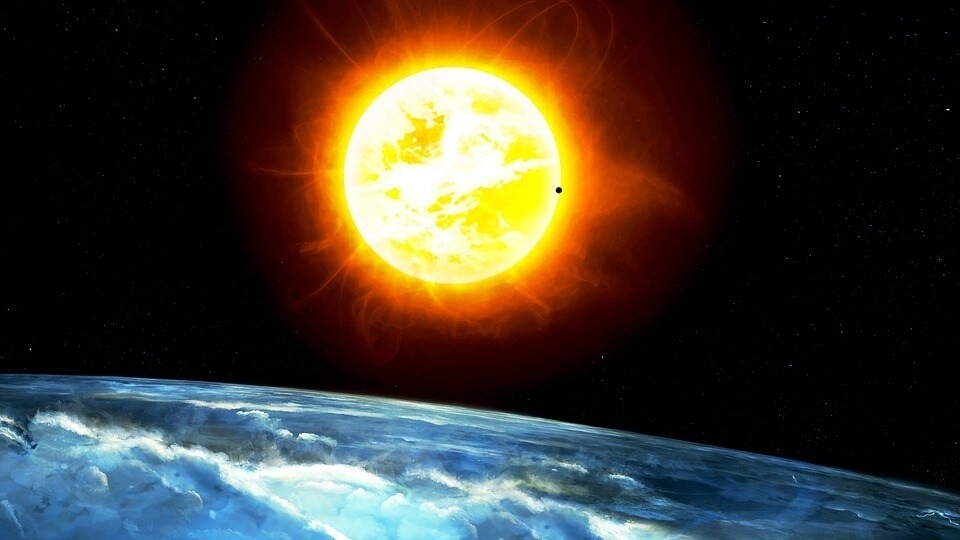
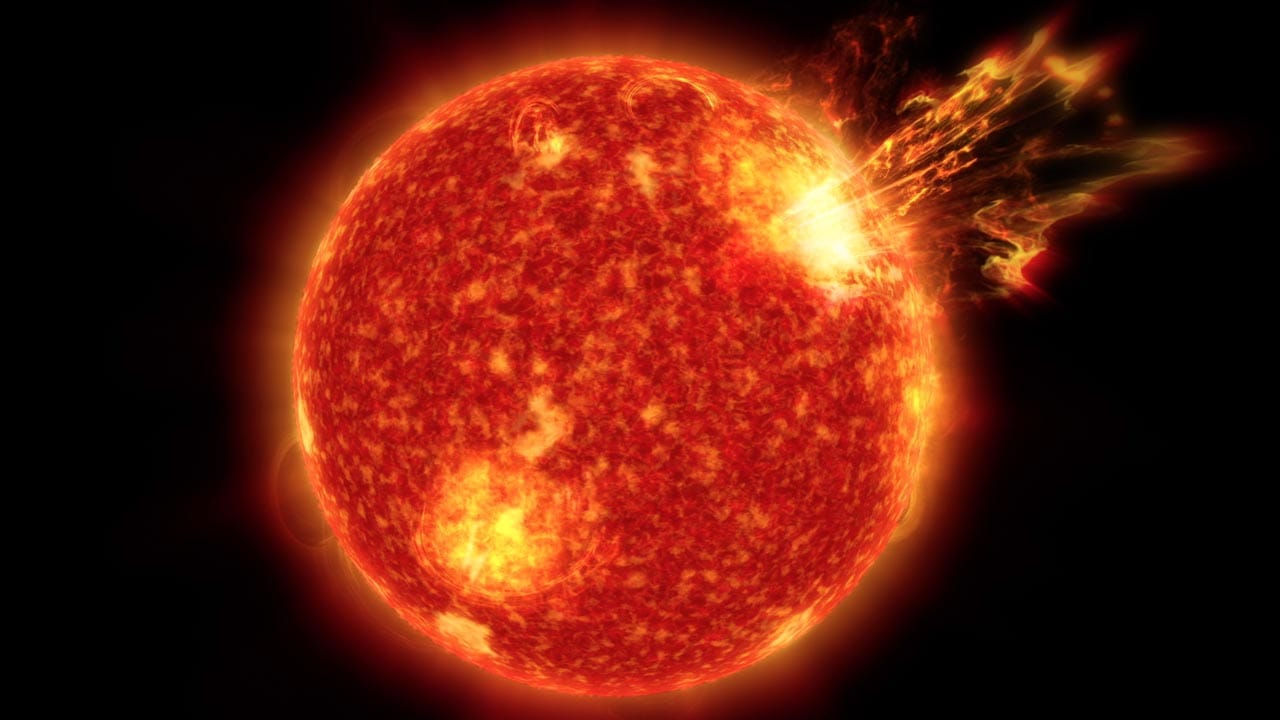
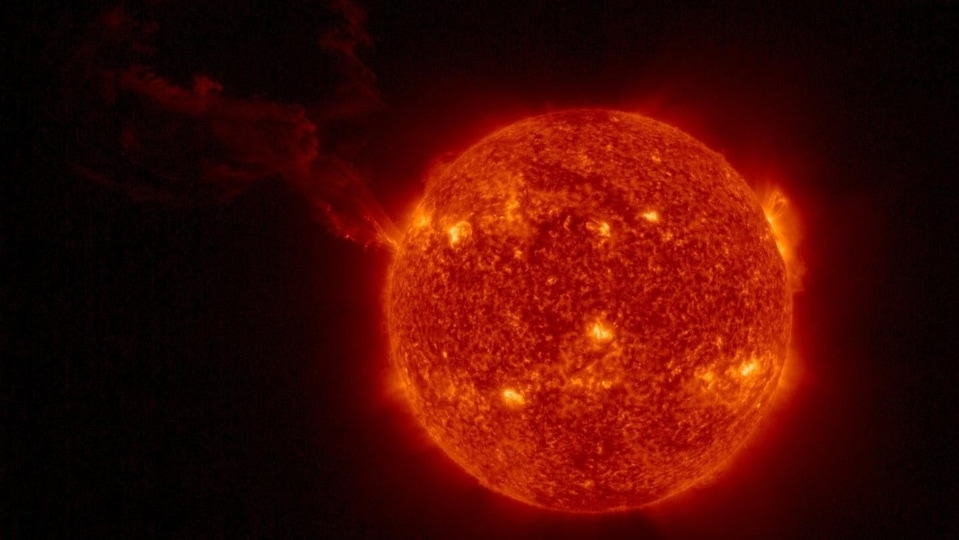
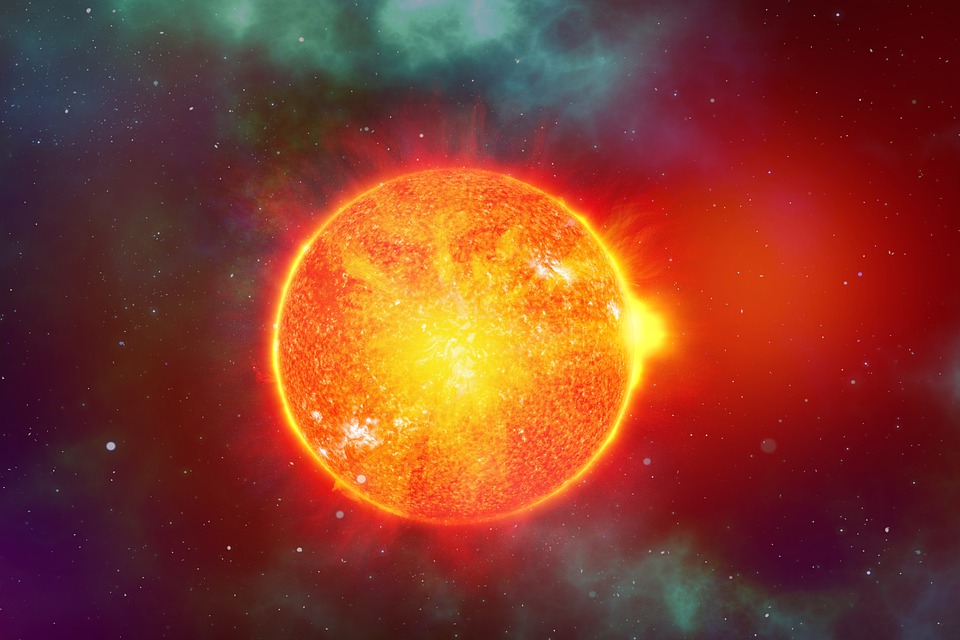
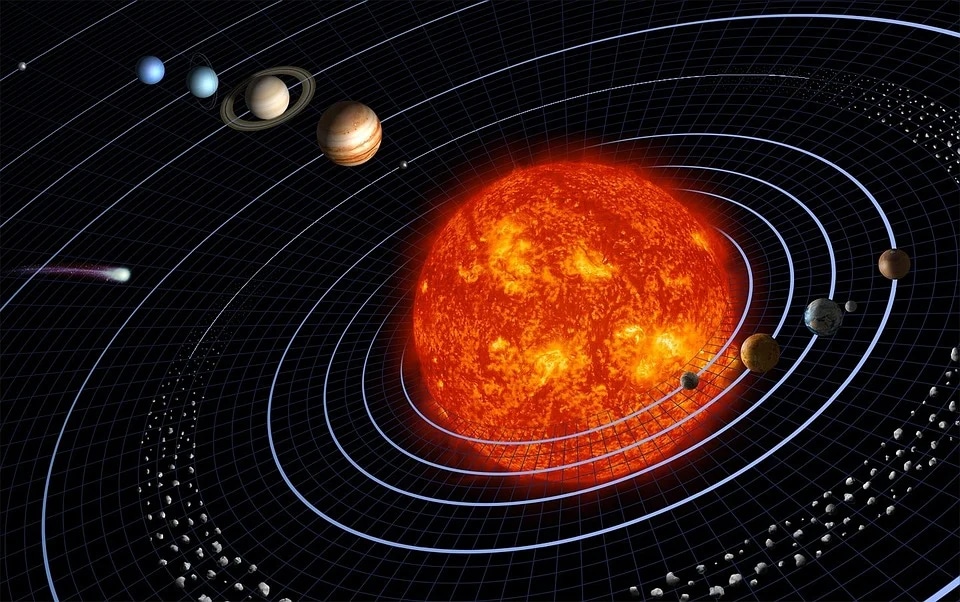
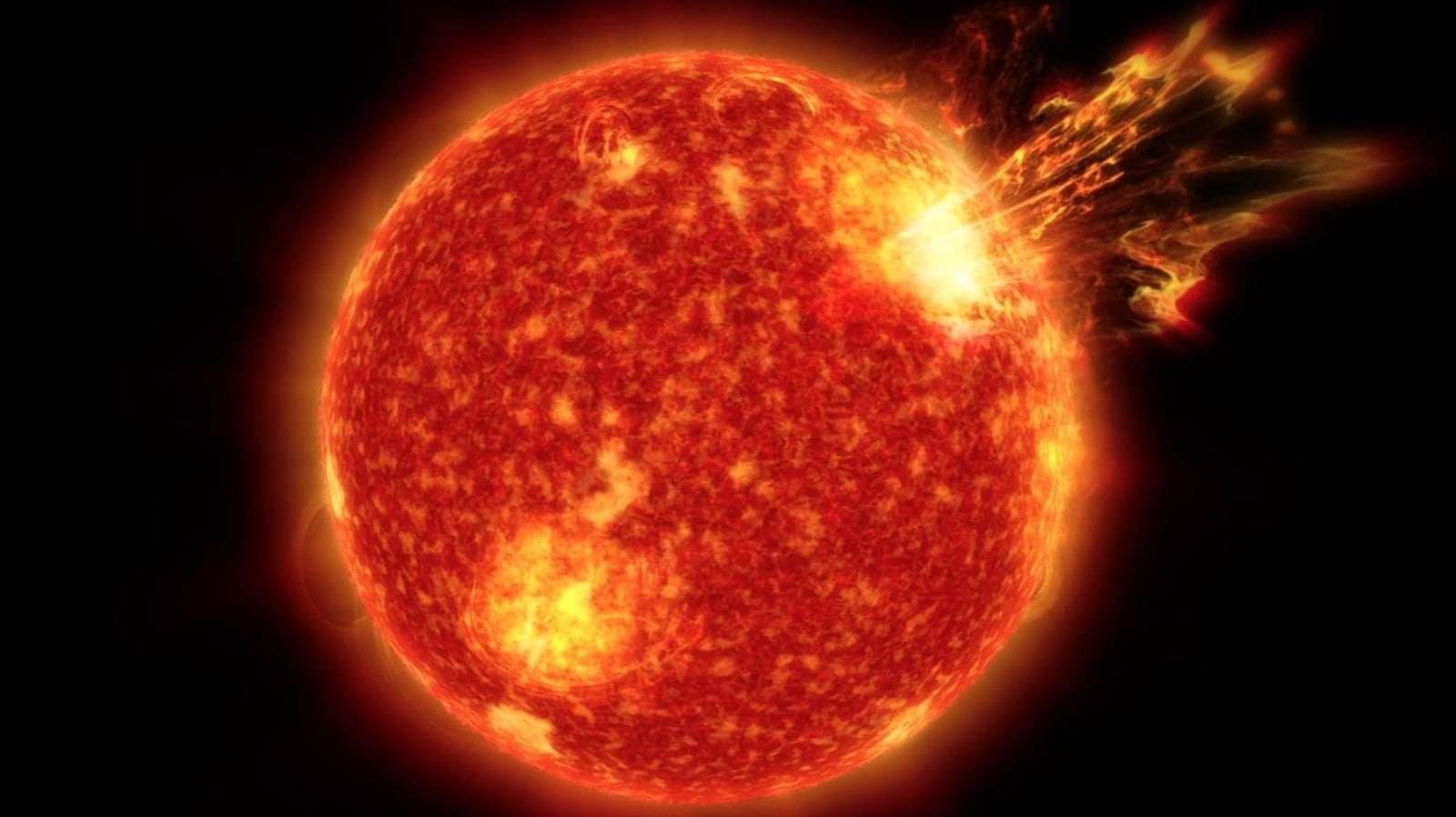
 View all Images
View all ImagesFor months, scientists have warned that the frequency and intensity of solar disturbances will be increasing significantly as the Sun reaches close to the peak of its solar cycle. And it appears that the first sign of the Sun's wrath is already upon us. Using its technology through a method called Helioseismology, researchers have observed a sunspot on the farside of the Sun. And while sunspots are regular occurrences, this one is one of the largest sunspots seen in the last five years. If it explodes, it will definitely cause an extreme solar storm event which can damage both satellites in space and electronics on ground. From internet connection to mobile networks, all can be destroyed in an instant. So, read on to know if a solar storm to Earth is expected.
The development was reported by SpaceWeather.com which reported, “The black blob is a sunspot group--a big one. In fact, only a handful of sunspot groups in the past 5 years have created a helioseismic echo this large. Don't be surprised if SOHO coronagraphs record a farside CME in the days ahead”.
Will an extreme solar storm the Earth
There is no doubt that if this solar storm is fully capable of ejecting coronal mass ejections (CME) powerful enough to cause a G5-class solar storm on Earth that would start a series of disasters for us including damage to satellites, disruption and destruction of wireless technology like GPS, mobile networks and internet connectivity, electronic devices getting corrupt including pacemakers in heart, power grid failures and even forest fires.
However, it is not likely that this sunspot will face the Earth anytime soon and it will likely explode while not in the direction of the Earth. However, it is difficult to predict just when a solar storm may explode and that's why the tech marvel NASA has deployed, named the Solar and Heliospheric Observatory, is constantly monitoring this sunspot.
How is a sunspot on the farside of the Sun spotted?
It is a valid question given that we cannot really see what's on the farside of the Sun. However, technology developed by NASA and other space agencies dedicated towards observing the Sun is capable of using different signals to find out about it. The process is called helioseismology. Special instruments have been put in place to measure the Doppler-velocity (apparent change in the frequency of the light) continuously on the near-side of the Sun. Apart from that, 14 other factors around the Sun are also measured to build a crude image of the farside of the Sun.
Catch all the Latest Tech News, Mobile News, Laptop News, Gaming news, Wearables News , How To News, also keep up with us on Whatsapp channel,Twitter, Facebook, Google News, and Instagram. For our latest videos, subscribe to our YouTube channel.




























